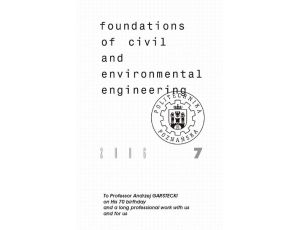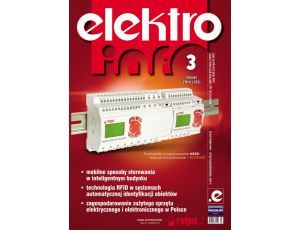Opis produktu
Opinie
Spis treści
Currently, it is difficult to imagine civil engineering, particularly industrial engineering, without sandwich panels. These panels are mainly used as building envelope (walls, roofs), partition walls and suspended ceilings. The market of sandwich panels is constantly changing. Definitely the most commonly used sandwich cores are now PU-cores: polyurethane (PUR) and polyisocyanurate (PIR). In the case of high fire-protection requirements mineral wool is applied. Expanded polystyrene (EPS) is used less frequently. It is estimated that sales of sandwich panels in the EAME region (Europe, Africa and Middle East) in 2005 reached 150 million square meters, whereas in 2010 sales reached nearly 300 million. The number of new producers and the sales volume is still increasing. The main advantages of sandwich panels are their lightweight construction, excellent thermal insulation and very fast process of production and assembly. The time of realization of the investment is very short. Manufacturers who produce sandwich panels serve their parameters in accompanying information. Based on this information, the designers choose panels satisfying ultimate and serviceability limit states. The executor attaches panels to the substructure. For those who do not come close to this industry, the whole process looks banal. In fact, at every stage of this process, there are a number of difficulties. The production process is complex. Most often it is carried out on a continuous production ine. The final quality of the product is affected by many factors including the fact that it is often difficult to execute precise production monitoring. One of the most difficult challenges is to synchronize the appropriate mechanical and chemical processes. Huge chemical companies work on the development of chemical compounds used during manufacturing to produce the core of sandwich. The use of such a mass product as sandwich panel requires appropriate testing and design procedures. Manufactured panels should be tested to determine necessary technical parameters. Over the past few decades, testing procedures have changed, but they are still not perfect. Some of the carried out tests give erroneous results. The Manufacturer and Designer are often unaware of these errors. 6 Preface It is similar in design. It is widely believed that the principles of mechanics of sandwich panels are very well known and established, but this is not true. A widely used theory (briefly presented in Chapter 2) had its origins in the 50s of the twentieth century, which is only about 70 years ago. Since that time there have been many scientific studies on sandwich structures. New theories are presented, new methods of analysis are developed and new tools are used. The design of sandwich panels is very complex. There are many failure mechanisms of structures with soft core. There are often local phenomena that depend on the cooperation between the different layers of the panel. In designing this type of systems, creep of core material should be taken into account. The influence of thermal actions that are usually neglected in other types of construction is very important. The core of the sandwich has a finite stiffness, and thus always affects the structural behavior. All these aspects make the results of the analysis of sandwich panels potentially surprising to everyone, even the most experienced engineer. More advanced studies show that the application of the generally accepted theory sometimes leads to wrong conclusions. All issues discussed in the book concern the panels with a soft core. Such structures are widely used not only in civil engineering but also (and perhaps above all) in the space industry, aerospace, shipbuilding and automotive industries. This book is addressed to manufacturers, laboratory technicians, designers and researchers who are interested in the problem of mechanics of sandwich structures. This is an attempt to approach the world of theory and practice. The first chapter discusses the structure of layered elements and their most important features. It also presents a review of the literature focusing on computational models, failure mechanisms and testing methods. Particular attention was paid to the beginnings and dissemination of the Ordinary Sandwich Panel Theory. The assumptions and basic equations of the OSAPT are presented in Chapter 2. Chapter 3 shows various aspects of the structural behavior of sandwich systems. Phenomena are discussed by examples. Chapter 4 focuses on suport conditions, considering elastic supports and the impact of restrictions on deformation in the plane of the panel. The entire Chapter 5 is devoted to the basic failure mechanism, which consists in the local instability of a compressed sandwich face. Chapter 6 deals with some aspects of testing for material parameters. The intention of the author was to take a broader look at the phenomena, find their explanation and determine their practical importance for the safety of sandwich structures. The book reflects the author's research results. The manufacturers and users of sandwich panels often inspired these studies
Cechy
| Rodzaj: | eprasa |
| Format pliku: |
|
| Autor: | Zbigniew Pozorski |
| Język publikacji: | angielski |
| Rok wydania: | 2016 |
| Liczba stron: | 175 |











